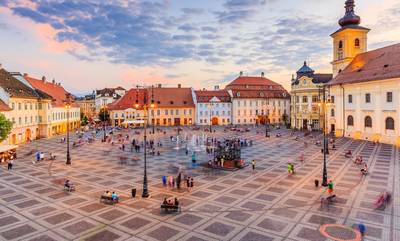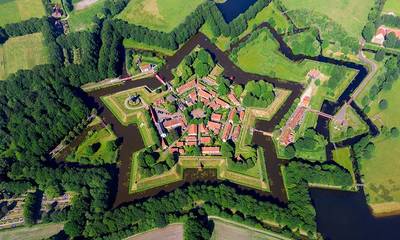Tinos: A Journey Through Ancient Times

Nestled in the heart of the Cyclades, Tinos is an island steeped in history, mythology, and cultural significance. Its strategic location and rich natural resources have made it a focal point of various civilizations throughout the ages.
Mythological Beginnings
In antiquity, Tinos was known as Ophioussa, meaning "island of snakes," due to its abundance of serpents. According to legend, the god Poseidon sent storks to rid the island of these creatures, leading to the establishment of his worship on Tinos. This tale underscores the island's deep-rooted connection to ancient Greek mythology.
The Sanctuary of Poseidon and Amphitrite
One of the most significant archaeological sites on Tinos is the Sanctuary of Poseidon and Amphitrite located in Kionia. This sanctuary served as a major religious center where pilgrims sought healing and purification before journeying to the sacred island of Delos. The temple's prominence highlights Tinos's role in the spiritual landscape of ancient Greece.
The Fortress of Exomvourgo
Dominating the island's landscape is Exomvourgo, a mountain that once housed a formidable fortress and the ancient capital of Tinos. The site reveals layers of history, from prehistoric settlements to a fortified town under Venetian rule. The fortress stood as a bastion against invasions until its fall to the Ottomans in 1715, marking the end of Venetian dominance in the Cyclades.
Archaeological Museum of Tinos
To delve deeper into the island's past, visitors can explore the Archaeological Museum of Tinos. Established in the 1960s, the museum houses artifacts from various periods, including the Mycenaean era and Roman times. Exhibits from sites like Kionia and Exomvourgo offer insights into the island's rich cultural tapestry.
Exploring Tinos Today
To fully appreciate the historical and cultural landmarks scattered across Tinos, flexibility in travel is essential. Opting for a Tinos rent a car provides the freedom to traverse the island's diverse terrains, from ancient ruins to picturesque villages, at your own pace. This autonomy ensures a comprehensive and personalized exploration of Tinos's heritage.





